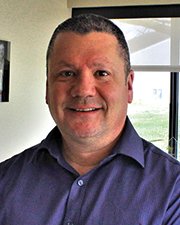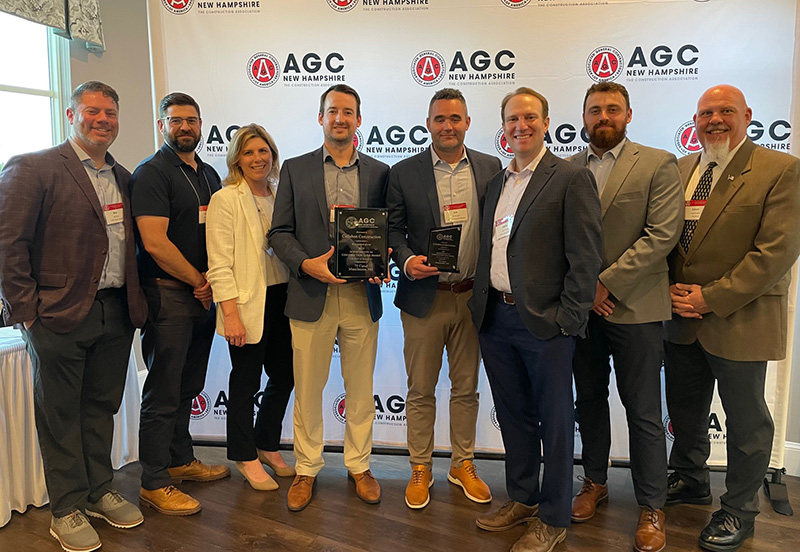News: Construction Design & Engineering
Posted: January 22, 2009
Power Usage Effectiveness (PUE): The primary focus for data center design teams
For years, the focus of data center design professionals has been on reliability and overall systems availability. Today, reliability is a given. The new technology focus is on overall efficiency. The drive behind this new force is the realization, by large scale data center owners, that utility costs represent a major portion of their operating budget and these costs have been increasing at accelerating rates. Utility rates are on the rise, and overall consumption is increasing substantially as well.
According to a 2007 EPA report, U.S. data centers consumed a total of 60 billion kwh/year in 2006. Left unchecked, that number will grow to over 120 billion kwh by 2011. This represents nearly 2% of the total U.S. electricity usage. The EPA is pushing back and all parties intend to focus on efficiency and not only slow the growth of energy consumption but to reduce actual demand.
Today, the primary focus for data center design teams is a new metric referred to as Power Usage Effectiveness (PUE). In simplest terms PUE measures the percentage of power utilized by the data center that actually powers computer processors. A theoretical PUE of 1.0 means 100% of the electricity entering the facility is used to power computer processing. This is clearly impossible because power is needed for lights, HVAC and other systems. The goal of the design team is to minimize the power consumption of these other systems and to reach a more reasonable PUE in the range of 1.5 to 1.8.
The DOE's Energy Star Team estimates that the PUE of the average U.S. data center is well over 3.0 and many are over 4.0 or even 5.0. This means the average U.S. data center uses over 3kw of power to provide 1kw of power to a CPU.
So where is all this extra electricity going? It is powering old, inefficient HVAC equipment; it is powering fans that are unnecessary; it is cooling the room to a temperature that is way too cold; and it is powering inefficient non-Energy Star rated servers. Basically, the electricity is being wasted. Paid for and then used to power items that are not needed.
The focus of data center design teams is to eliminate this waste. Key design philosophies include utilizing new free cooling techniques; installing efficient Energy Star rated servers; specifying efficient chillers, CRACs and UPS systems; bringing the cooling closer to the source of heat; and right-sizing MEP systems because these run more efficiently at full load. Additionally, new software such as computational fluid dynamics systems created specifically for data centers also allow the design team to optimize the facility design.
According to the DOE, utilizing these design concepts for your next data center project can potentially cut your power usage in half. Whether your project is a new facility or a renovation of an exiting data center, these strategies can save you money.
Jack McCarthy is a registered professional electrical engineer with idGroup, Boston.
MORE FROM Construction Design & Engineering
Nobis Group awards Robinson and Moreira STEM scholarships
Concord, NH Nobis Group, a 100% employee-owned consulting firm specializing in engineering and environmental solutions across the Northeast, has named the recipients of its 2025 STEM Scholarship: Andie Moreira of
Columns and Thought Leadership

Ask the Electrician: Is summer a prime time for commercial electrical maintenance?
The answer is “Yes!” While January marks the official new year, many businesses view September as a fresh start. This makes summer an ideal time for commercial property owners to schedule long-term electrical maintenance projects.

Careers in Construction Month focus on training and safety - by Joe Camilo
October is Careers in Construction Month, and rarely has it been more consequential. According to our chapter’s national parent organization, the construction industry needs to attract half-a-million new workers in the coming year to meet demand. Addressing that need is a huge job, but we at ABC MA are trying to do our part.

The design-build advantage: Integrated interior design solutions - by Parker Snyder
When it comes to corporate interior spaces for both commercial and industrial projects, partnering with a design-build firm with in-house interior design services can offer clients many benefits. Unlike traditional delivery methods where interior designers operate independently from the design and construction teams, often creating a longer project timeline as cost negotiations and revisions ensue

The rise of incubators and co-working spaces: The latest in life sciences - by Matt Combs
In recent years, the life science industry has witnessed a shift in how companies operate and innovate. One of the key driving forces behind this transformation is the emergence of incubators and co-working spaces specifically tailored to meet the unique budget and schedule needs of startups.








